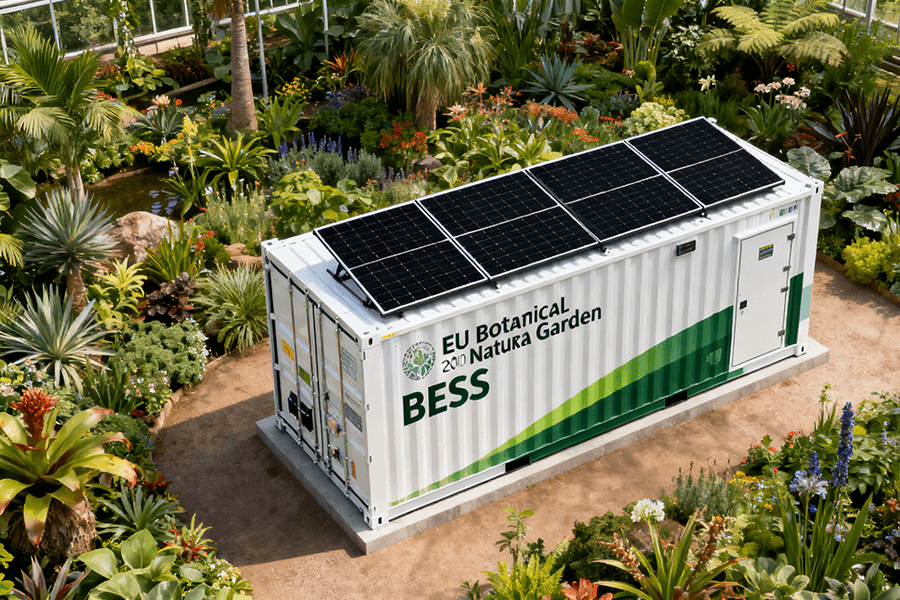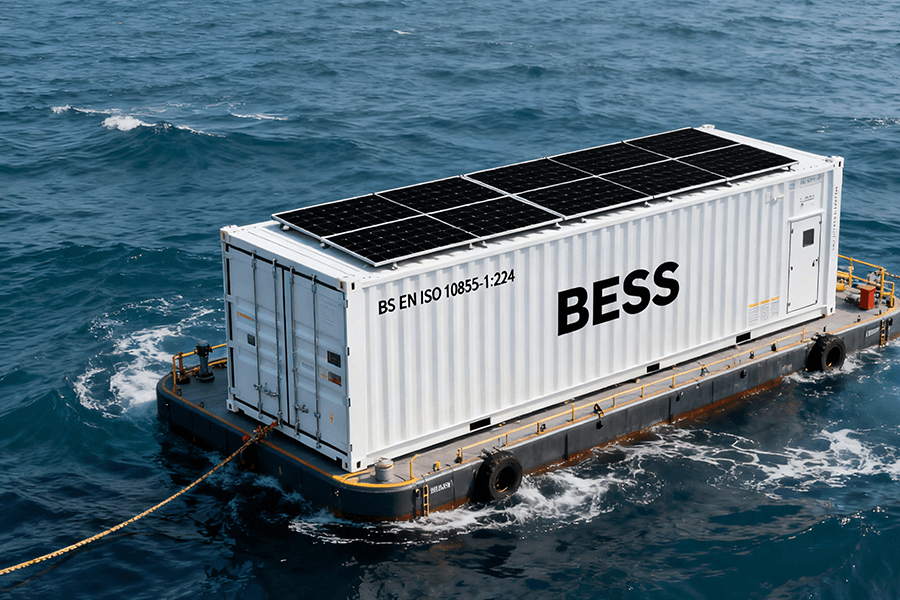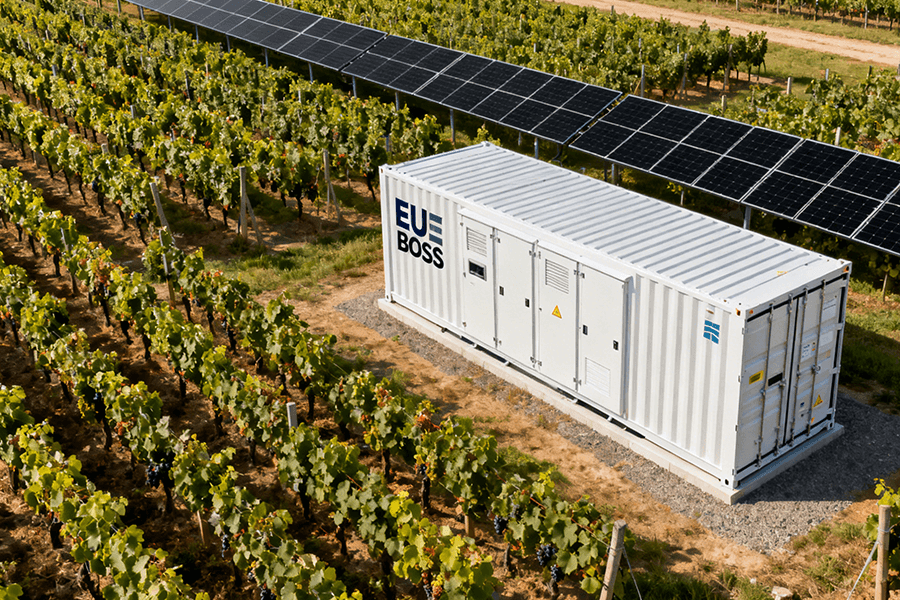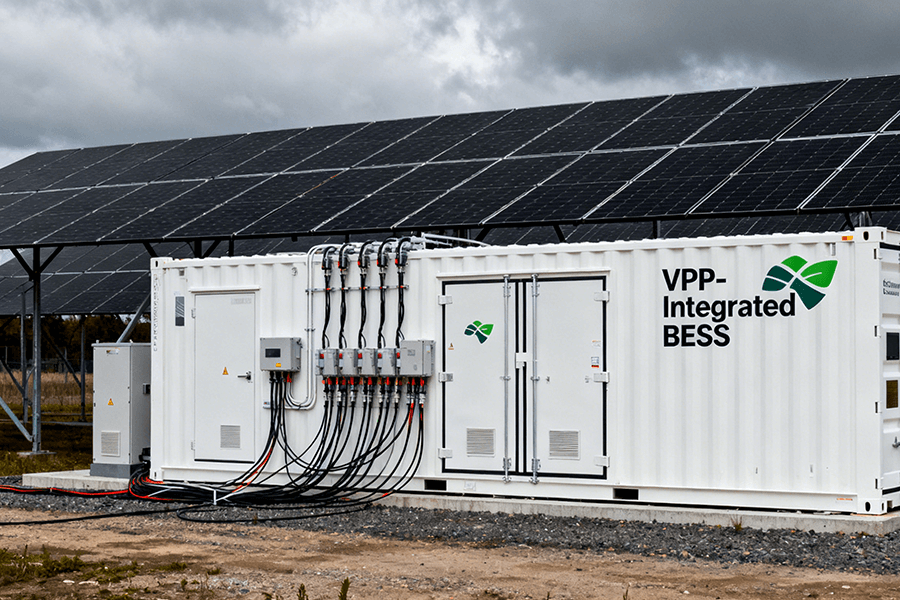Introduction
In remote areas where access to the traditional power grid is limited or unreliable, home solar systems play a pivotal role in providing reliable and sustainable electricity. Selecting the right “home solar system residential” for such regions requires careful consideration of unique challenges and opportunities. In this guide, we will outline the key factors that remote area users should consider when choosing an appropriate solar system.
Energy Needs Assessment:
The first step in selecting a suitable home solar system is to assess your energy needs. This includes:
Determining your daily electricity consumption: Understand the energy demand of your appliances and devices to size the system accordingly.
Identifying peak usage times: Knowing when you use the most electricity helps in designing a system that can meet these demands.
Solar Resource Assessment:
In remote areas, solar power is typically the most viable energy source. It is essential to assess the local solar resource:
Solar Insolation: Evaluate the average daily sunlight hours and intensity in your region throughout the year.
Seasonal Variations: Consider how solar radiation changes with the seasons to design a system that can cope with fluctuations.
System Size and Power Rating:
Based on your energy needs and solar resource assessment, determine the appropriate system size and power rating. A larger system with higher power rating may be necessary for remote areas to ensure year-round energy generation.
Sizing considerations may range from 5 kW to 20 kW or more, depending on the energy demand.
Battery Storage:
Remote areas often experience intermittent sunlight or may require power during the night. In such cases, an adequate battery storage system is crucial:
Select a battery capacity that can store surplus energy generated during sunny days for use during cloudy periods or at night.
Off-Grid or Grid-Tied:
Decide whether you want an off-grid or grid-tied system:
Off-Grid: Suitable for areas with no access to the grid, providing complete energy independence.
Grid-Tied with Backup: For areas with an unreliable grid, this option allows you to use the grid as a backup when solar generation is insufficient.
Inverter and Charge Controller:
Choose high-quality inverters and charge controllers:
Off-grid systems require inverters with built-in chargers to manage battery charging efficiently.
Grid-tied systems should have inverters that meet local regulations and can synchronize with the grid.
Installation and Maintenance:
Consider installation and maintenance logistics:
Hire experienced professionals familiar with remote installations.
Ensure the system is designed for minimal maintenance, as servicing may be challenging in remote areas.
Environmental Conditions:
Remote areas may subject solar systems to extreme environmental conditions:
Select solar panels and components designed to withstand temperature variations, high winds, and dust or sand in desert regions.
Budget and Financing:
Explore financing options and government incentives:
Many governments offer subsidies or tax incentives for residential solar systems, making them more affordable.
Backup Power Source:
In some remote areas, it may be prudent to have an alternative power source, such as a backup generator or wind turbine, to ensure uninterrupted energy supply during extended periods of low sunlight.
Conclusion
Selecting the right home solar system for remote areas is a strategic decision that involves careful assessment of energy needs, solar resources, system size, battery storage, and other critical factors. By considering these aspects and working with experienced professionals, remote area users can ensure a reliable and sustainable source of electricity that enhances their quality of life while minimizing environmental impact. The adoption of “home solar systems residential” in remote regions is not only a practical choice but also a significant step toward energy independence and sustainability.
If you want to customize your own photovoltaic solution today, please contact us.




